By the 1900s, the Lower East Side was the most densely populated area in the country. Pedestrians, peddlers, fishmongers, hagglers, horses and pushcarts vied for space on the tenement-flanked streets.
The Turn of the Century
The Lower East Side has always been an immigrant neighborhood. And while many people associate it with East European Jews and Italians who arrived at the turn of the 20th century, the neighborhood has been home to an incredibly diverse set of immigrants and migrants. These waves of newcomers have shaped the area and the cultural heritage of New York City.
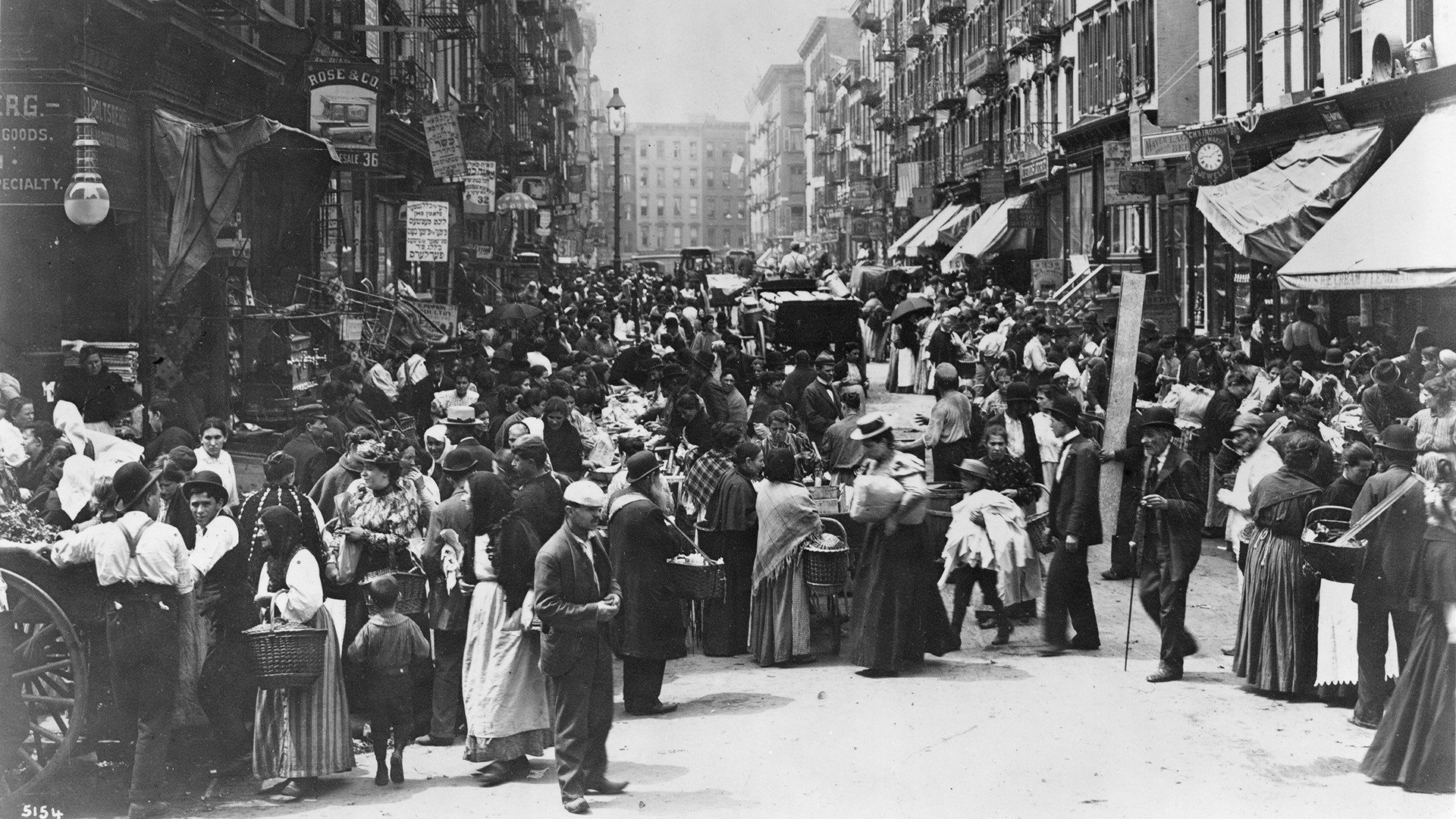
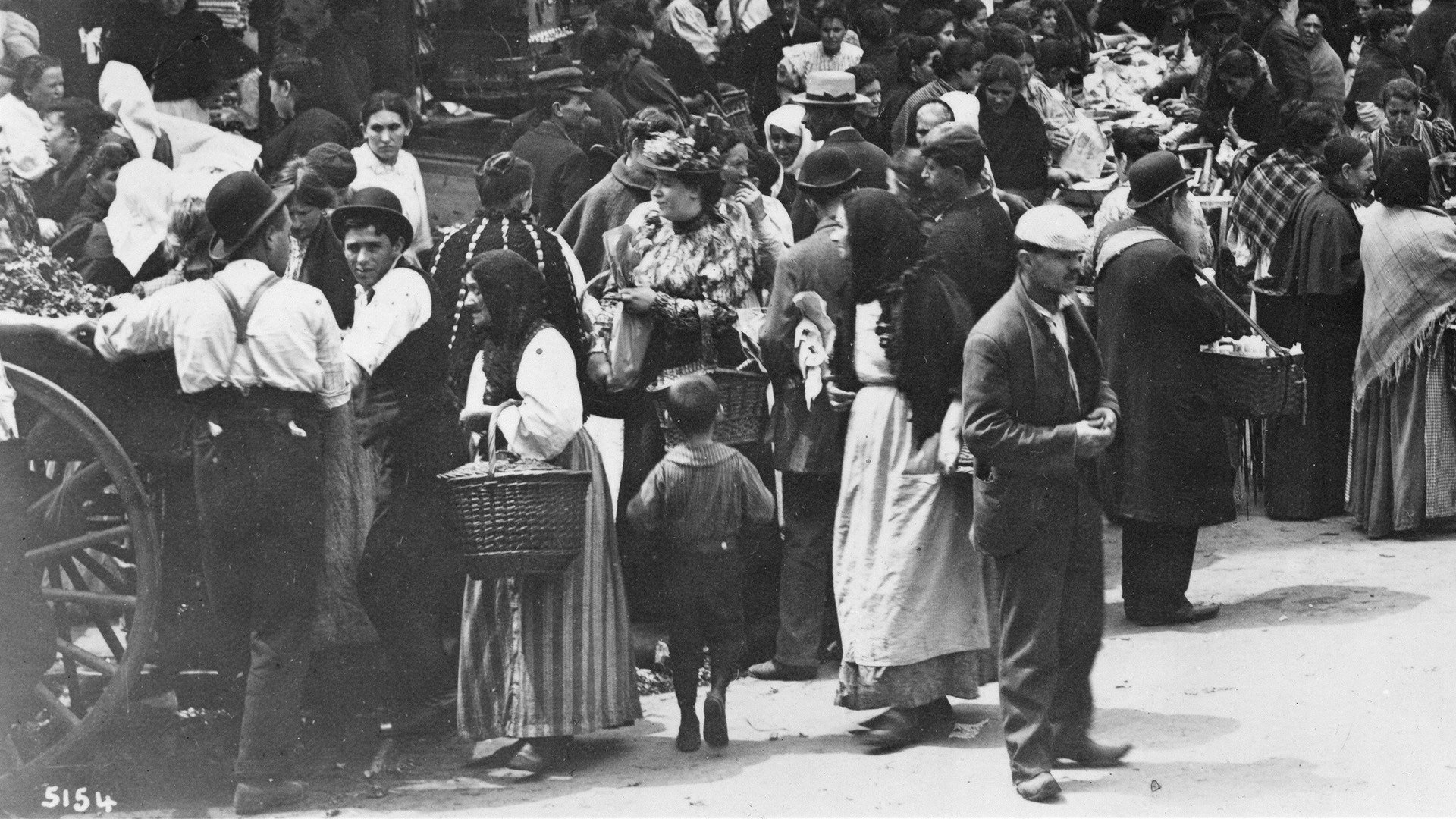
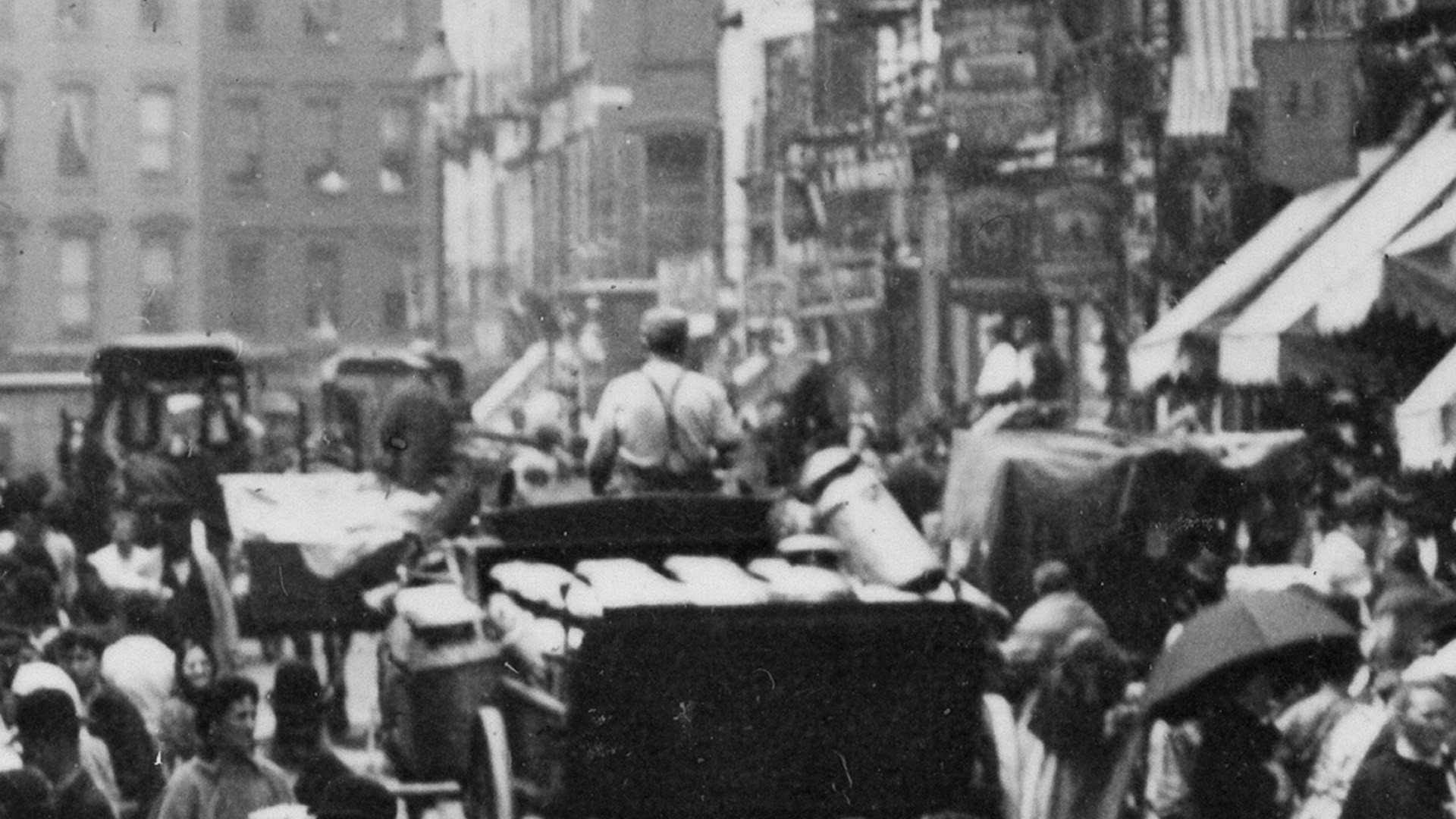
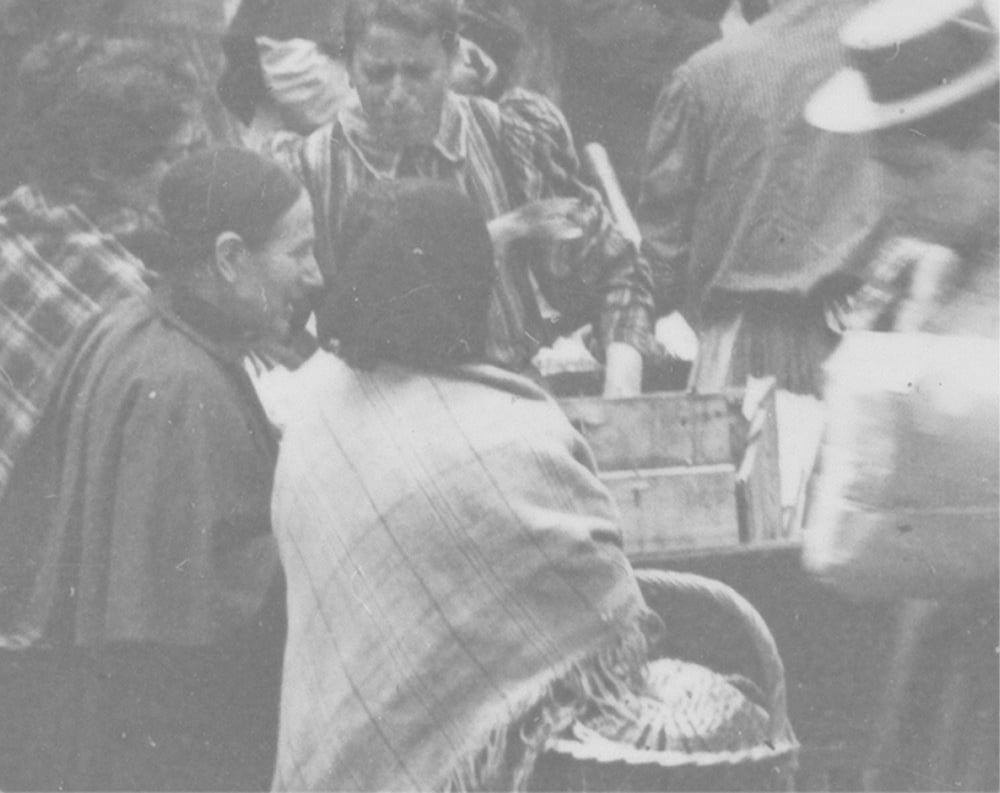
Inside the tenements, it wasn’t uncommon for a family of ten to live in a 325-square foot apartment. As a result, Italian and Jewish immigrants clamored to escape the neighborhood, making use of bridges and subways to move to Brooklyn or the Bronx.
At this time, it was relatively easy to enter this country if you were European. But in 1924, Congress passed the Johnson-Reed Act which severely restricted immigration. It became especially difficult to enter the country if you came from Southern or Eastern Europe, and Asian immigration was banned outright. In the 1920s, the Lower East Side’s population decreased for the first time, with 160,000 leaving and 100,000 remaining.
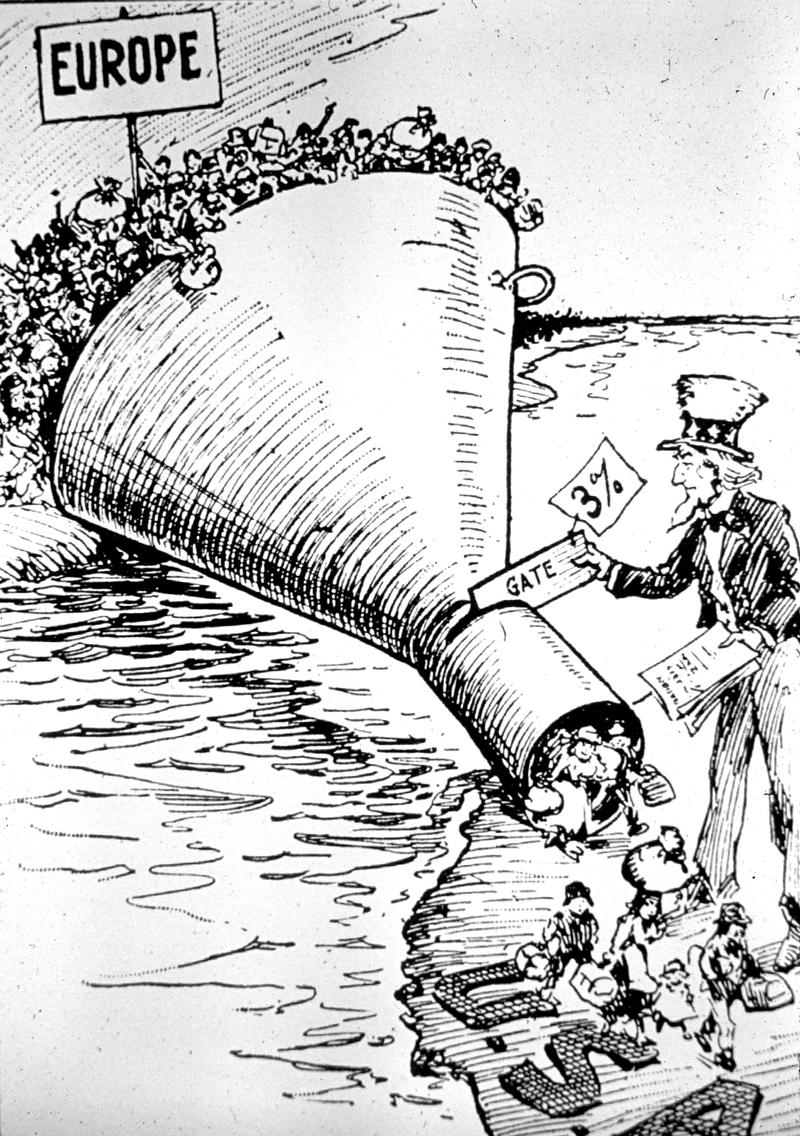
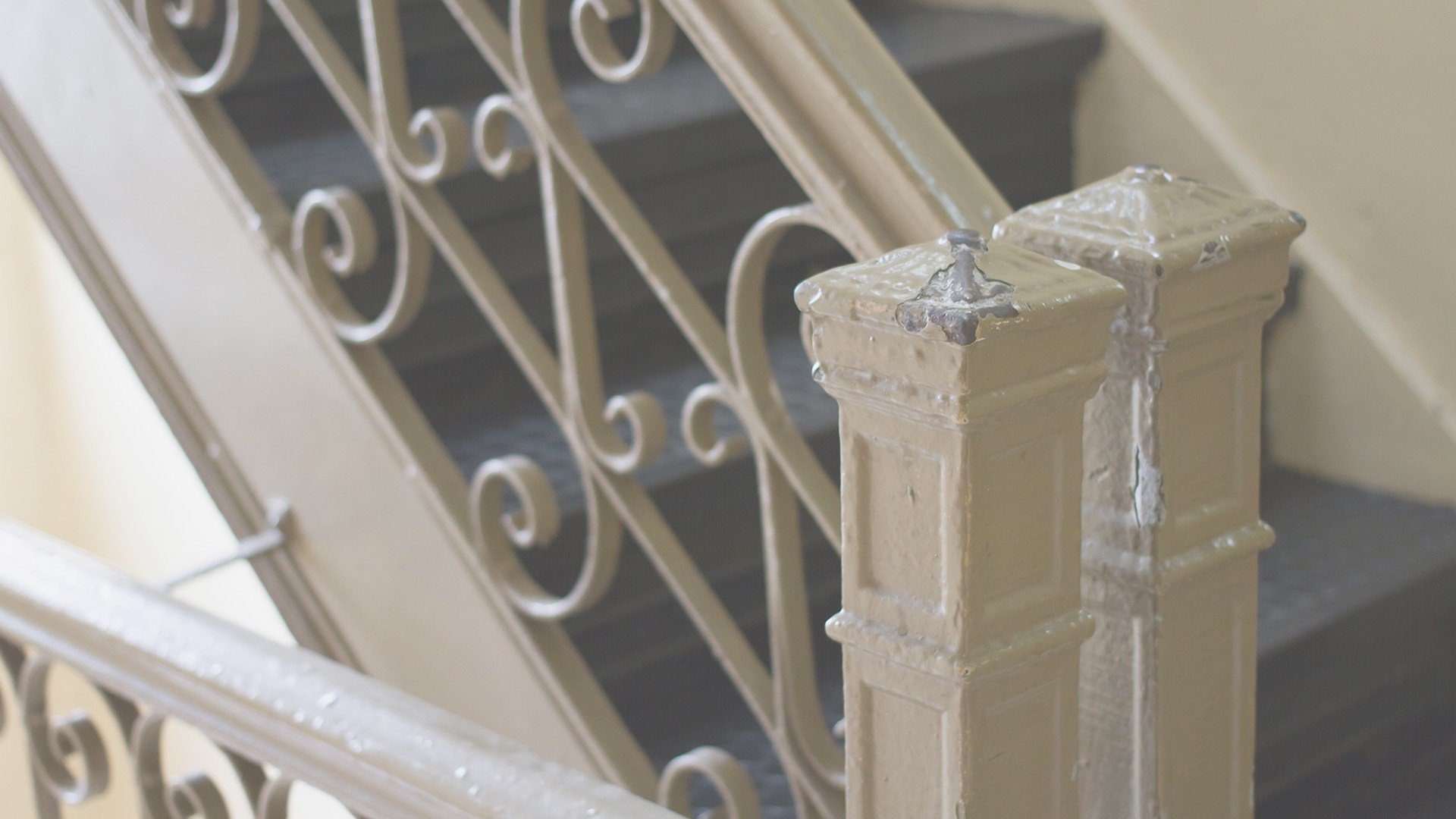
In the 1940s, Puerto Ricans, who had been US Citizens since the 1917 Jones Act, started to come en masse to New York. Fleeing the unemployment caused by rapid industrialization, they came to New York in search of work. And just like the Italians and Jews who preceded them, they found it in the garment industry, making new homes in the tenements on the Lower East Side.
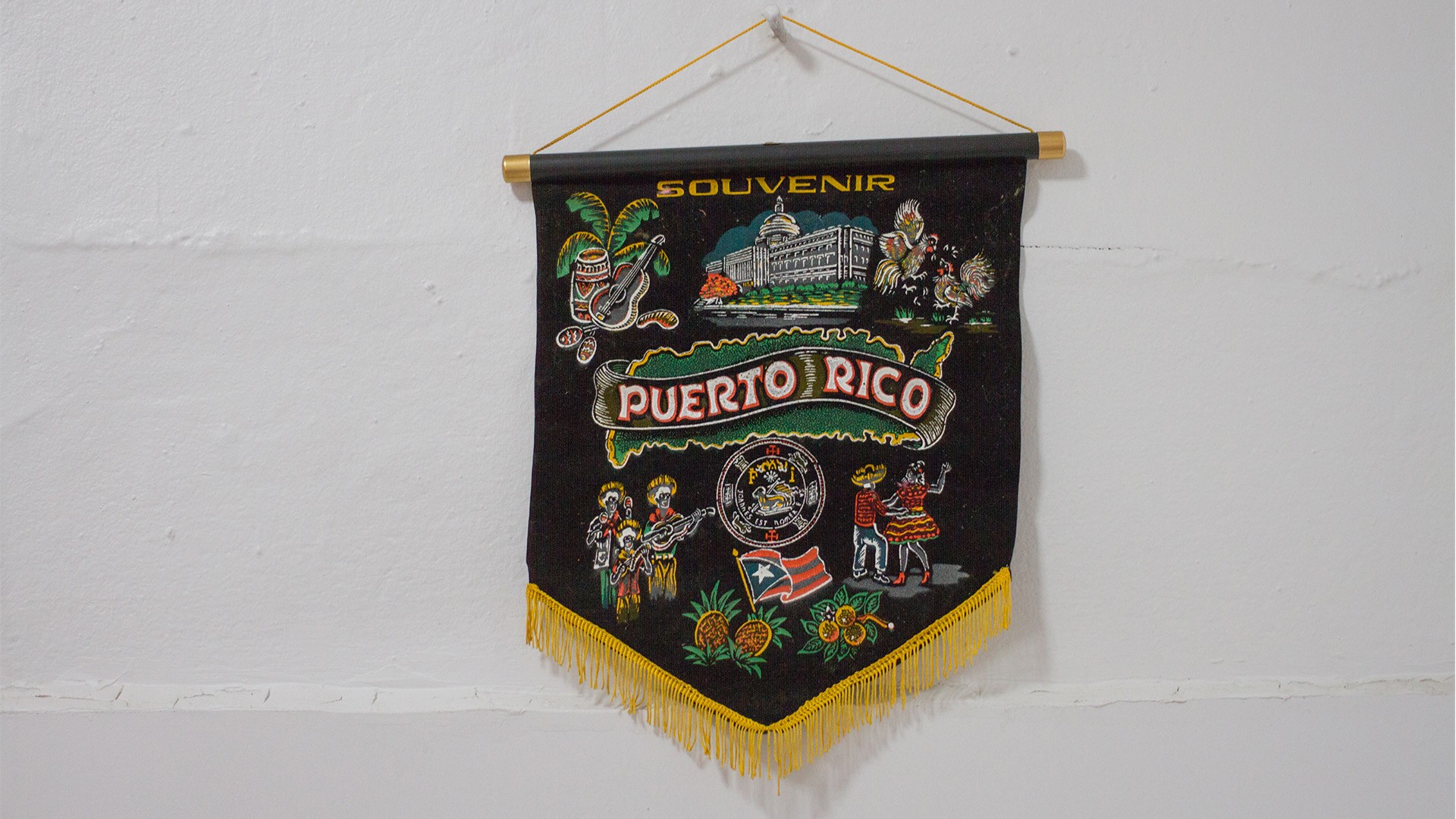
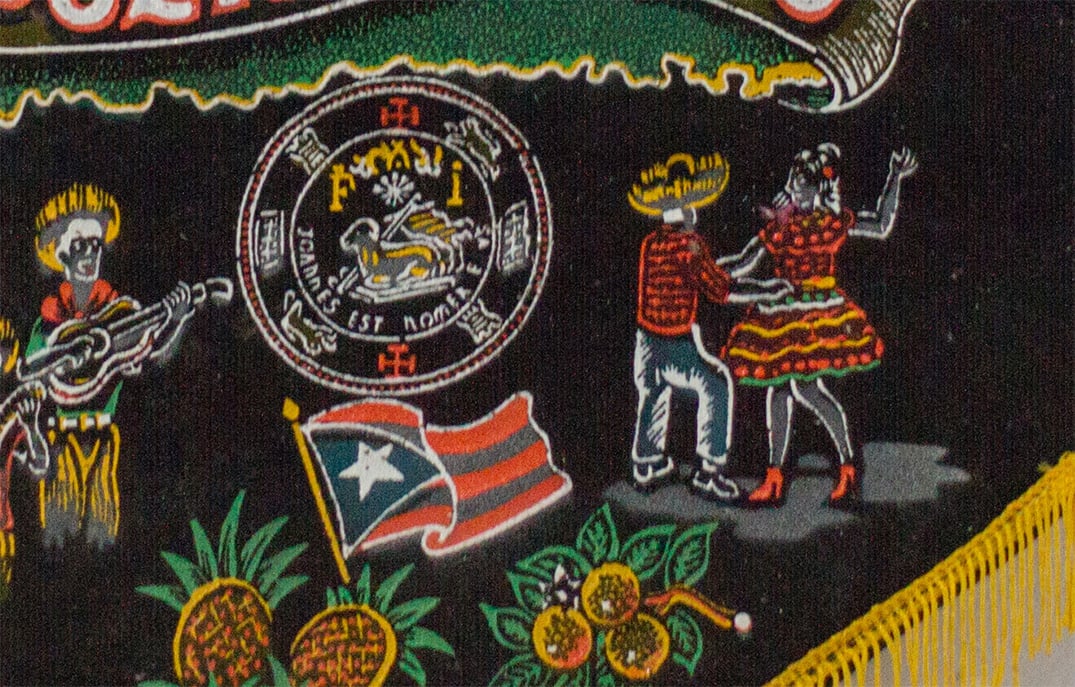
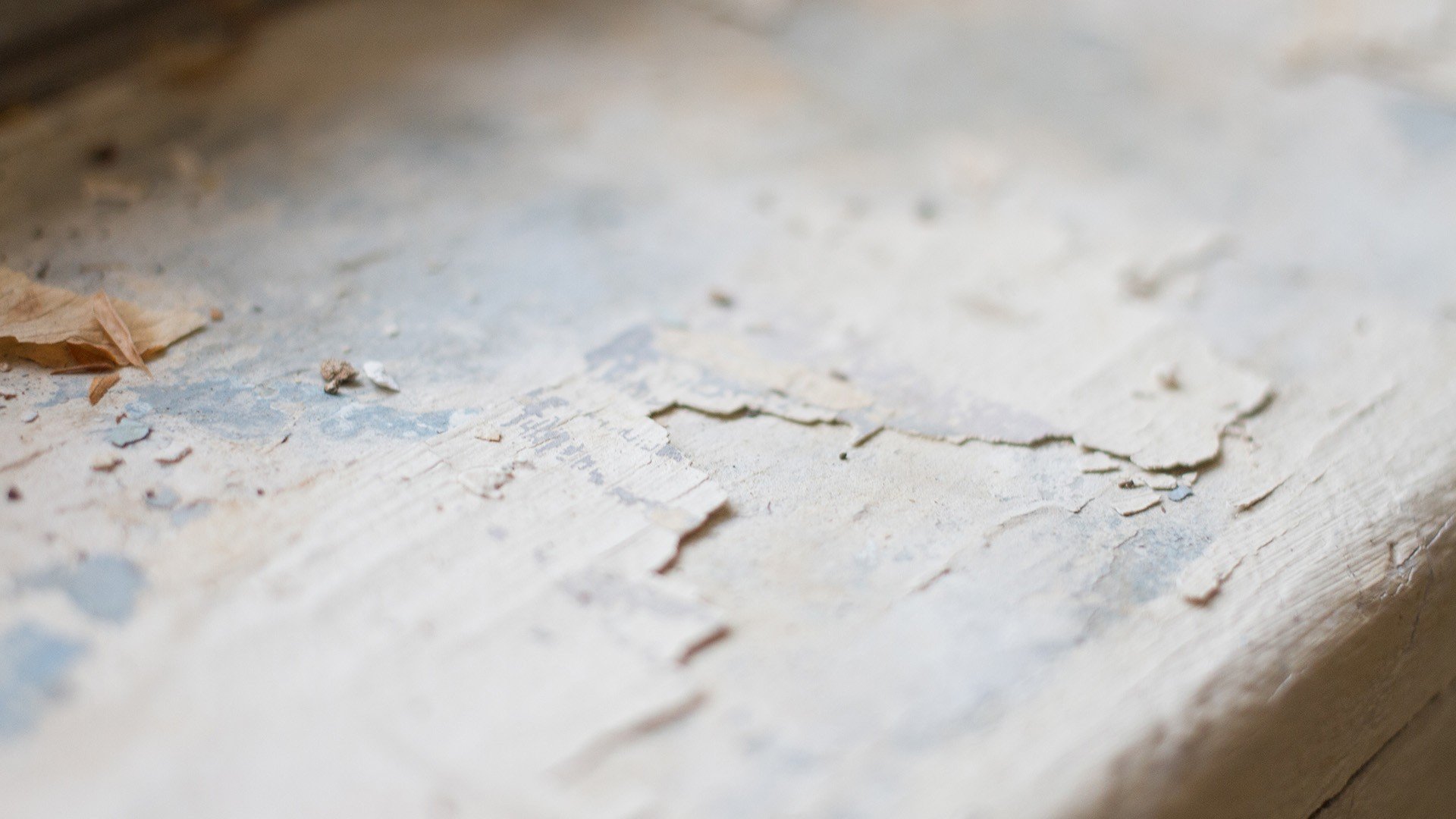
In the late 1940s, a small stream of Holocaust survivors found their way to the neighborhood, attracted to the Jewish infrastructure and the network of synagogues and shops.
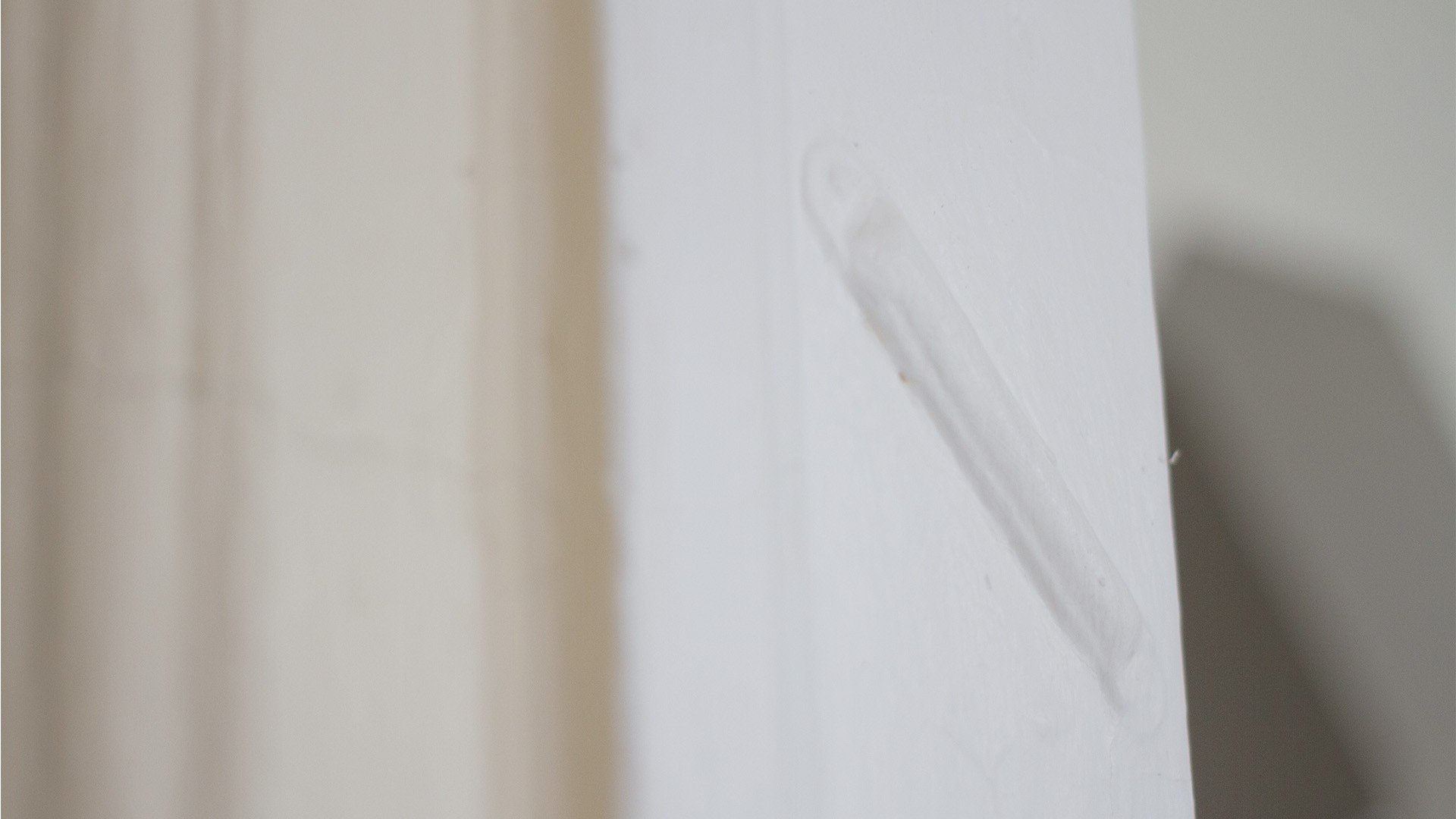
On an October morning in 1965, at the feet of the Statue of Liberty, President Lyndon Johnson signed the Hart-Celler act. This abolished the quota system from the 1924 National Origins Act, and immediately opened America’s doors to newcomers from Asia, Europe, the Middle East, and Africa.
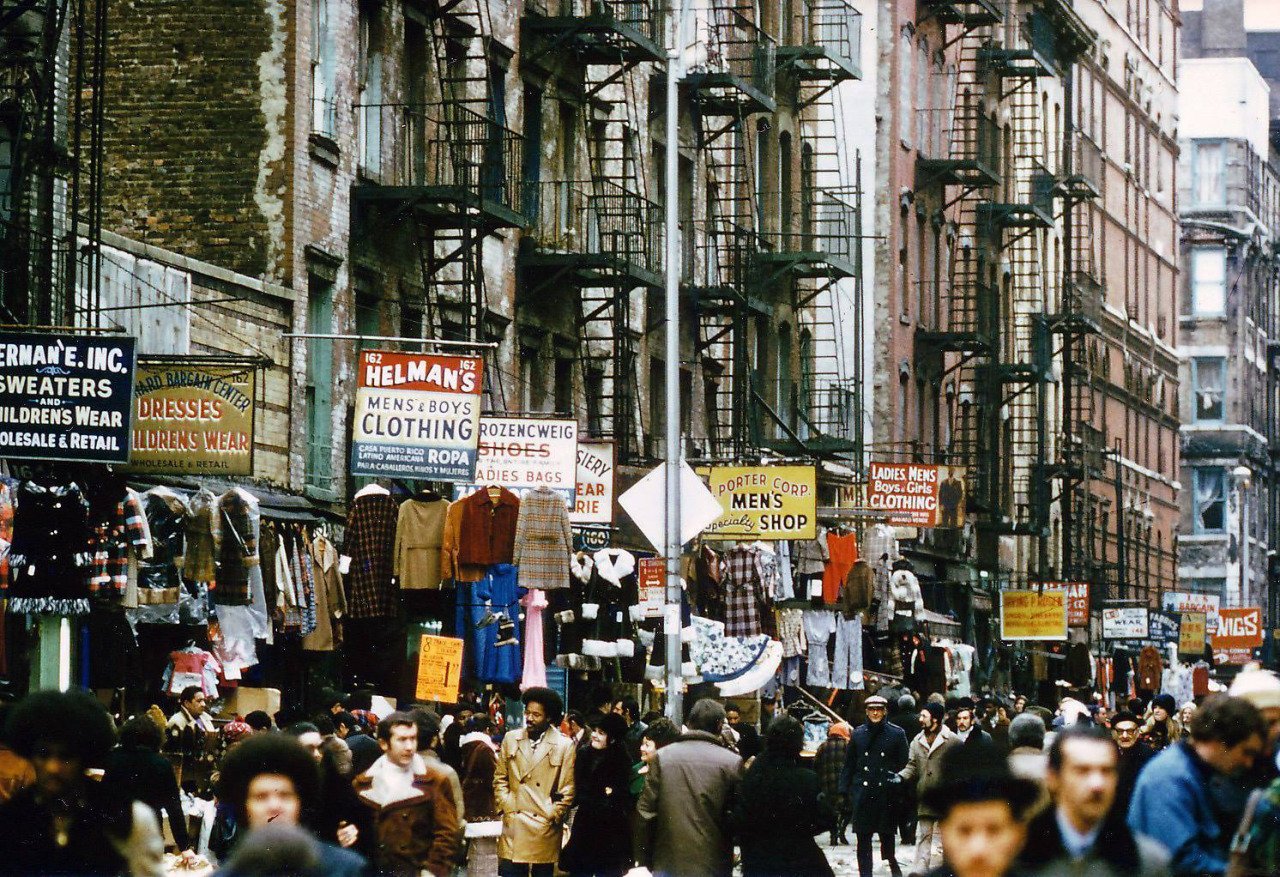
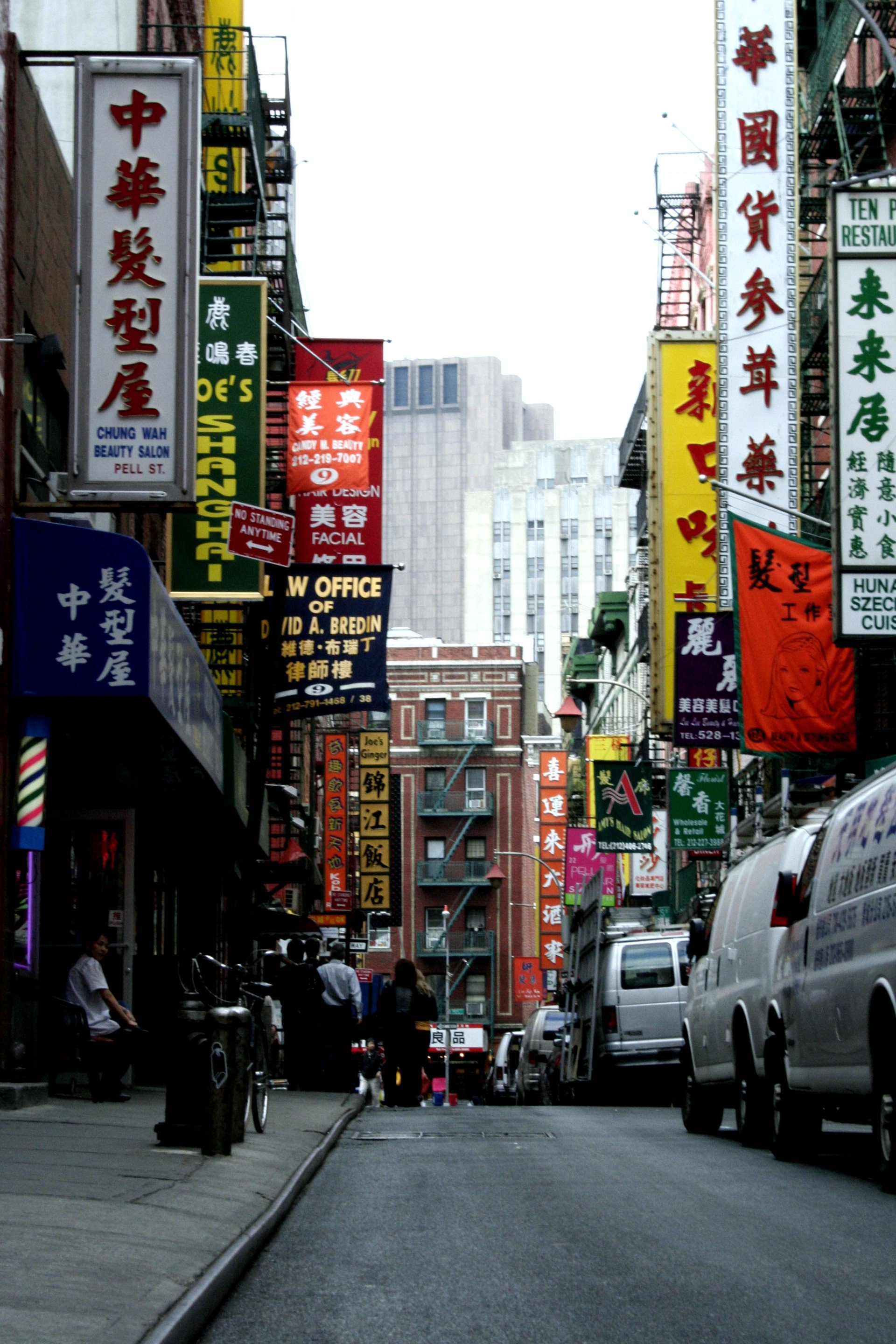
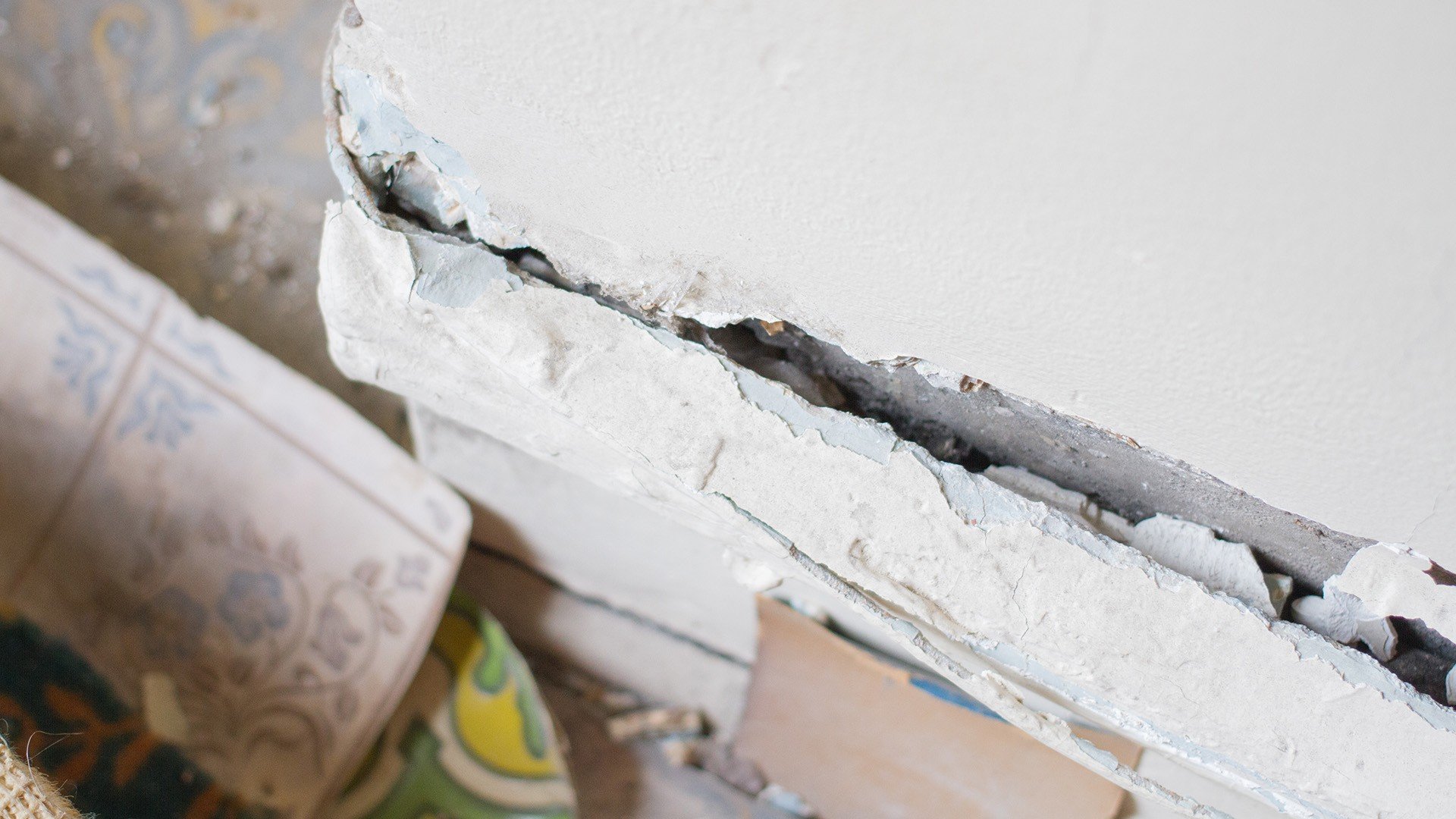
103 Orchard Street
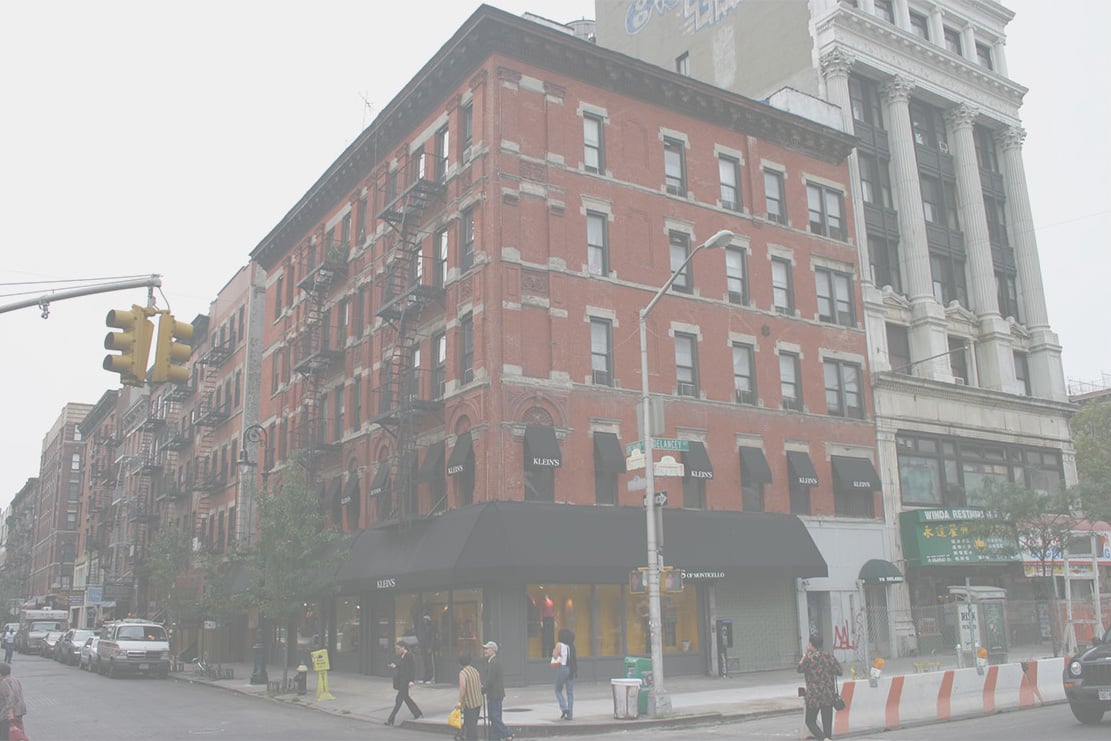
Since 1888, 103 Orchard has stayed in the same place. However, the way people have referred to the neighborhood has changed. The East Side or Jewish Ghetto in the 1900s, the Lower East Side in the 1930s, Loisaida in the 1960s, and the eastern border of Chinatown in the 1980s. These communities overlapped, and this site offers a glimpse of the family cultures and the complicated relations among them that defines the neighborhood.


